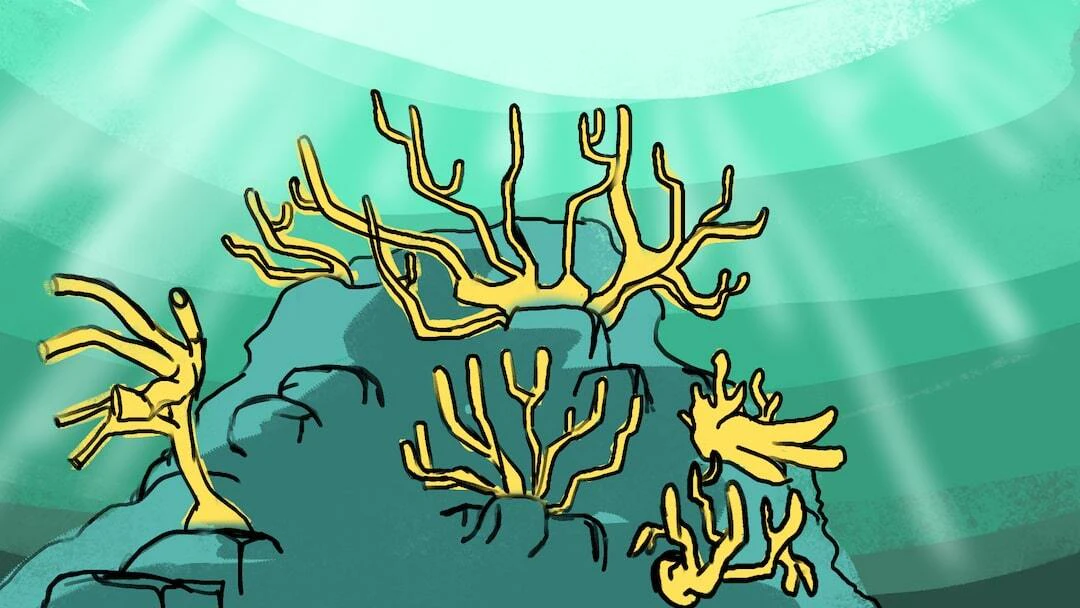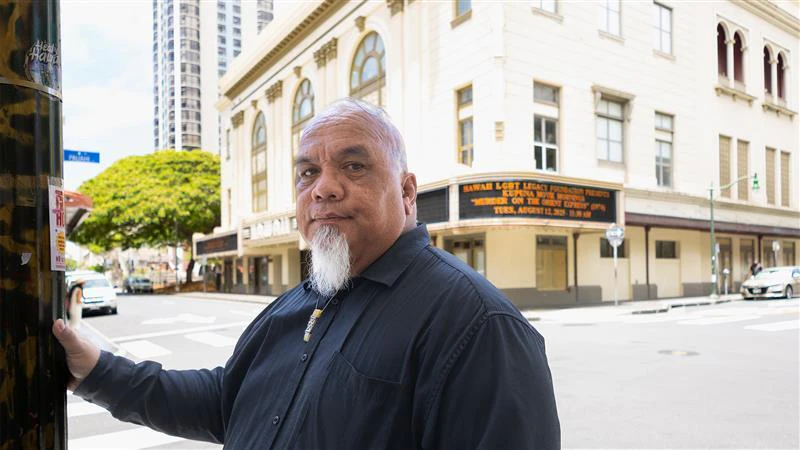A lunar eclipse will visible in the night sky across Hawaiʻi on Thursday, March 13. Starting at 8:30 p.m., viewers gazing up will see a completely red moon, which will last about an hour.
A lunar eclipse occurs when Earth is positioned between the moon and sun and its shadow falls across the moon, turning it a “striking red over the course of a few hours,” according to the National Aeronautics and Space Administration's website.
“The lunar eclipse will start right at moon rise,” Roy Gal, an associate astronomer for the University of Hawaiʻi Institute for Astronomy, told Aloha State Daily. “At the beginning, you won't see very much. At totality, which starts at around 8:30 p.m. in the evening, the moon will be reasonably high in the sky, so even mountains and stuff shouldn’t block it. You'll see a nice, dark reddish moon, coppery color, sometimes people call it. That totality will last for about an hour until about 9:30 p.m., and then it’ll start coming out of eclipse, kind of reversing what we saw, as it got into eclipse.”
While the lunar eclipse can be viewed without a telescope, individuals looking for a group watching experience can find that on Oʻahu and Hawaiʻi Island. On Oʻahu, Hi'ilani Shibata of Ka Mahina Project and Tina Henline of Fish Flags will host a gathering at Sandy Beach from 6:30 p.m. to 9 p.m. with telescopes and educational activities. Details.
On Hawaiʻi Island, the Gemini North Hilo Base Facility, located at 670 N. A'ohoku Place in Hilo, will open its doors at 5 p.m. for tours of the base facility and will have telescopes and storytelling. Details.
“As long as we don't have clouds in the way, people should be able to see it,” Gal said. “You don't need a telescope.”
Where is the best place to watch the lunar eclipse? At least one meteorlogist suggests the leeward side of islands.
“Most clouds and showers will be focused across windward areas,” John Bravender, a meteorologist for the National Weather Service, told Aloha State Daily. “The best chance for clear skies will be across leeward sections of most islands — except for the Big Island, where afternoon clouds along the Kona side typically linger through the evening. Don't expect it to be perfectly clear leeward though, since winds should still be breezy and help bring brief passing showers at times.”
Can’t watch this year? The next lunar eclipse visible from Hawaiʻi will be Dec. 31 of 2028, just in time for New Years, Gal said.
The lunar eclipse this week will be viewable across the entire continental United States, as well as Hawaiʻi and the western half of South America, he said.
“A lot of the globe gets totality for this one,” Gal said. “We're kind of close to the edge of where we get totality, but we still get a whole hour of it, so it's great.”
Katie Helland can be reached at katie@alohastatedaily.com.





